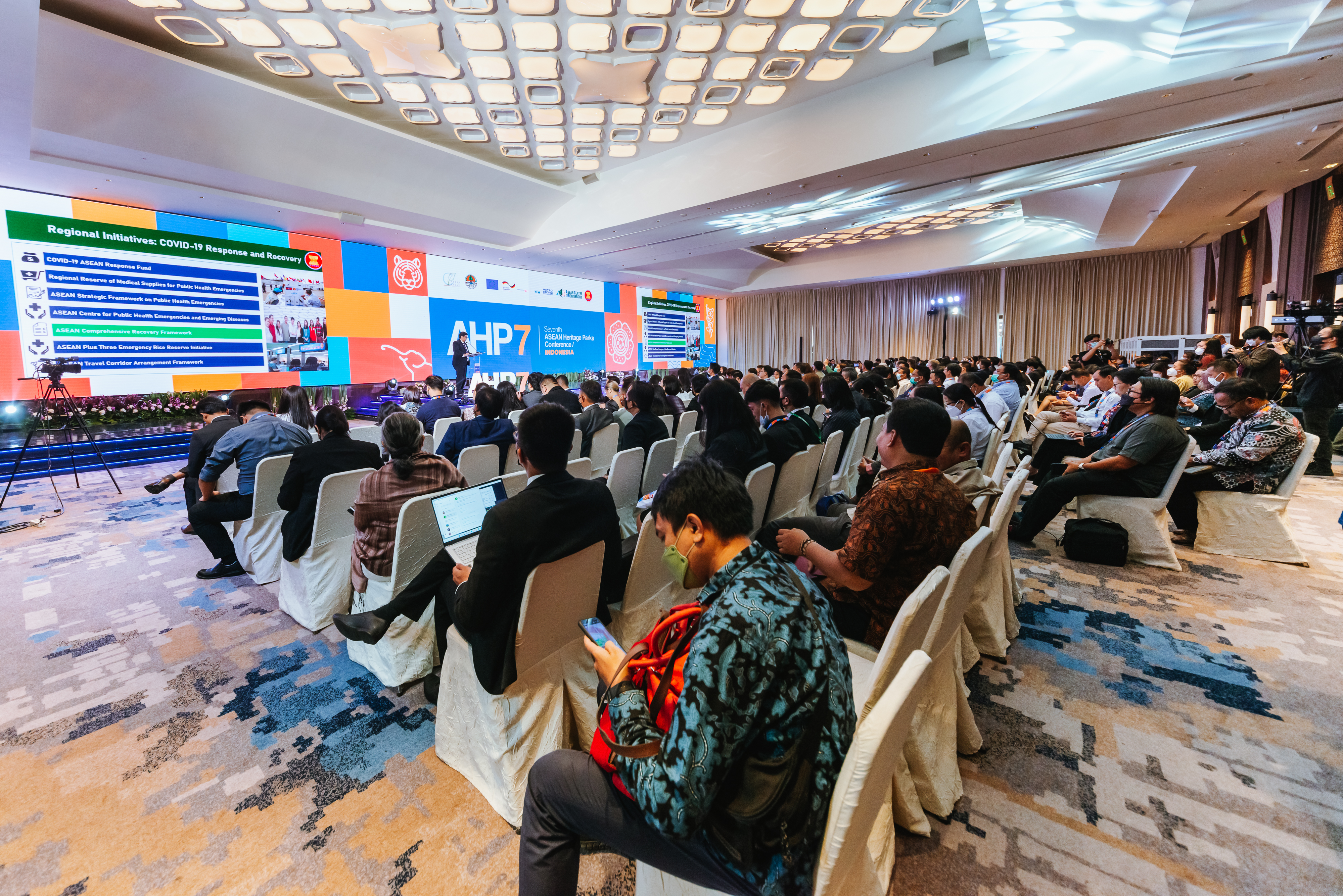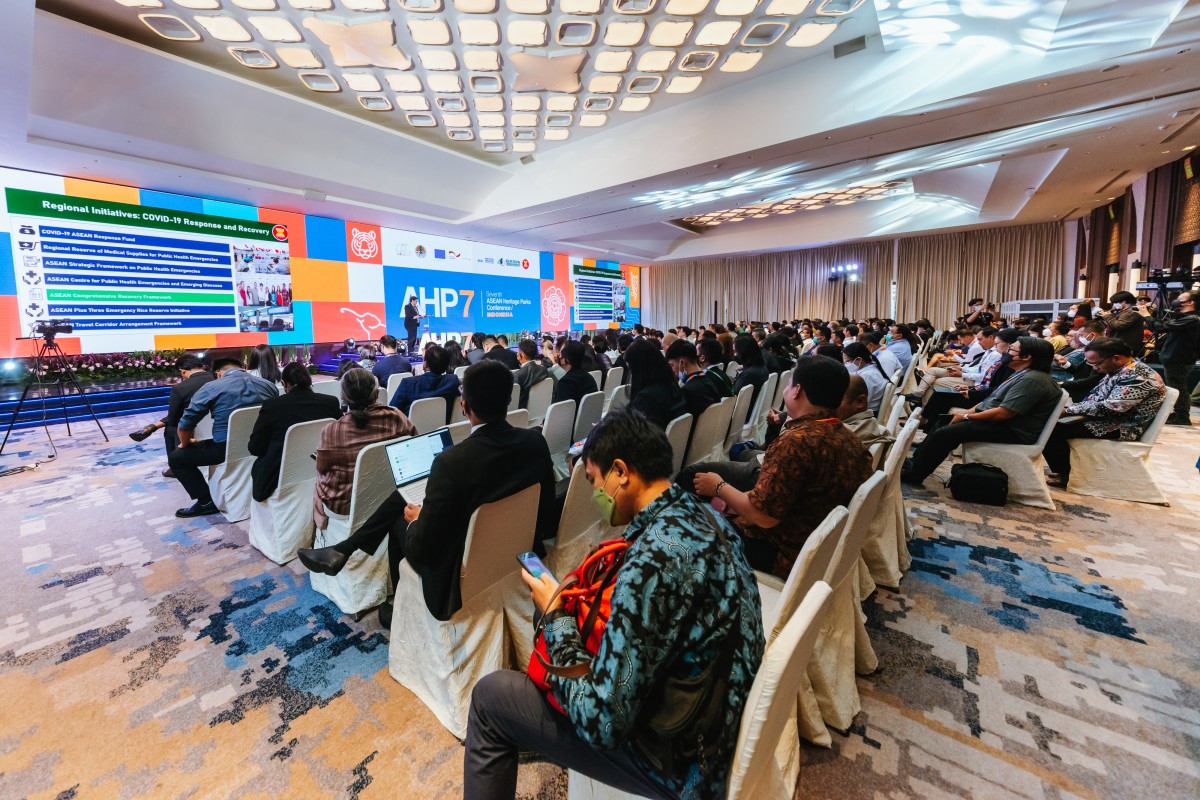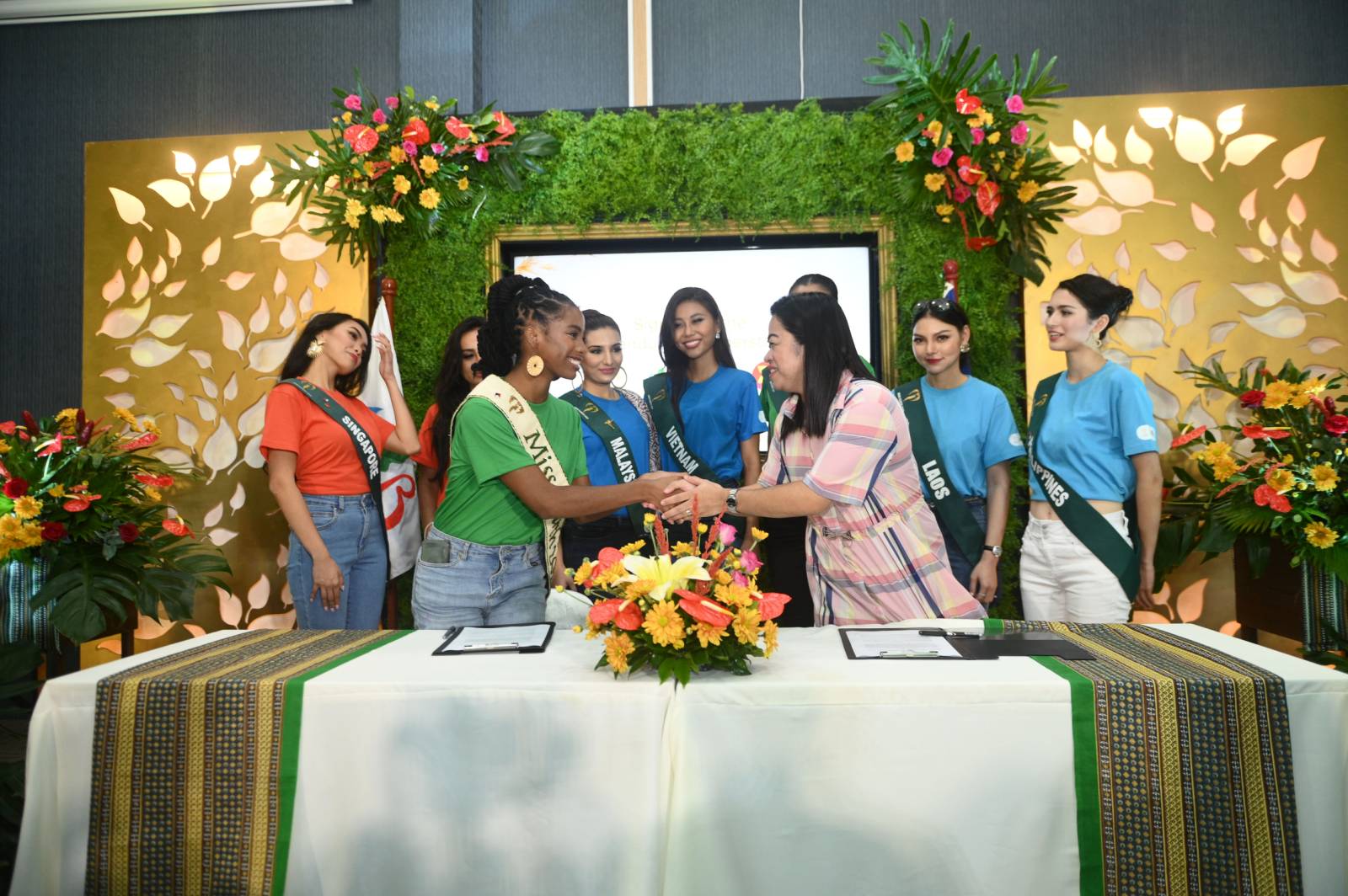LAGUNA -- We are now more than two years into the COVID-19 pandemic, which according to the World Health Organization, has already claimed over 6 million lives worldwide. While some may concur that the world is seeing the end of this global health crisis, we should not discount the thought that the recurrence of such a catastrophic disease like COVID-19 is not slim; especially if we turn a blind eye to its probable cause.
Some wildlife species are being implicated as the viral origins of COVID-19 and other infectious and emerging diseases. However, viruses rarely just leap from wildlife to humans. Evidence has shown that growing human-wildlife encounters, which sometimes result in direct transmission, are to blame for viral spillovers. This may result from disruptions and loss of natural wildlife habitats and illegal wildlife hunting and trade.
As we commemorate the 38th year since the 1984 ASEAN Declaration on Heritage Parks and Reserves, the ASEAN puts the spotlight on the vital role of protected and conserved areas as nature-based solutions in minimising, if not preventing, impending pandemics and other health crises.
The ASEAN region contains over 2,500 protected areas, covering 803,955 sq km — 2 per cent of which is marine and 13 per cent terrestrial. These protected areas host a multitude of wildlife species that also serve as natural reservoirs of viruses. Experts warned that presently, there are over a million undiscovered viruses that thrive in some animal species, and majority of these viruses, or more than 800,000, can be infectious to humans. The transfer of pathogens from animals to humans can be prevented by limiting human-animal contact and by keeping natural habitats healthy and conducive for the wealth of fauna in the region.
Taking bold steps towards recovery and pandemic resilience, the ASEAN leaders in November 2020, adopted the ASEAN Comprehensive Recovery Framework (ACRF) or the regional exit strategy from the COVID-19 health crisis. This framework acknowledges the use of nature-based solutions, or actions to conserve, restore, and sustainably manage nature, including biodiversity as part of the region’s road to pandemic recovery. As its contribution to realising the objectives of the ACRF, the ASEAN Centre for Biodiversity and the Republic of Indonesia through the Ministry of Environment and Forestry-Directorate of Biodiversity Conservation, recently conducted the Seventh ASEAN Heritage Parks Conference (AHP 7) in Bogor, Indonesia.

Healthy parks, healthy people
Close to 400 protected area experts and personnel, conservationists, representatives from governments, local communities, youth, academia, businesses, and media met in Bogor for the AHP 7 to share knowledge and experiences on protected area management and some lessons learnt and ways forward towards a better and greener post-pandemic region. This is in line with the region’s effort in adopting the One Health approach, an integrated strategy for tackling public health issues, fostering increased cross-sector and cross-pillar cooperation on issues of human, environmental, or ecosystem health.
With the theme, Healing Nature and People, the conference emphasised the value of ASEAN Heritage Parks, and protected and conserved areas as part of our nature-based solution in building a sustainable future for all. ASEAN Heritage Parks are the cream of the crop protected areas in the ASEAN region that were recognised for their biological and ecological diversity. As of this year, there are 51 declared AHPs in the region.
The three-day series of dialogues unfolded what makes biodiversity all the more valuable to us––for human health and pandemic resilience. The richness of biodiversity in protected and conserved areas, if effectively managed, may indeed be the game-changer that can turn the tide against emerging diseases by acting as buffers to contain pathogens, and also as natural gene pools that can be sources and inspiration for primary and adjunct treatments to illnesses.
The AHP 7 resulted in concrete recommendations on how to boost the region’s potency in adapting to natural and anthropogenic challenges. These ways forward include the following: engaging the environment sector in the One Health paradigm; boosting communication and advocacy efforts on the risks of zoonotic diseases; building resilience to future pandemics; and strengthening the importance of One Health approach and cross-sectoral collaboration among key stakeholders, particularly in wildlife trade and in promoting nature-based solutions.
To effectively manage protected and conserved areas such as the ASEAN Heritage Parks, there is a need to build financial sustainability among protected areas; scale up public-and-private sector partnerships that mainstream biodiversity into collaboration agreements; and ensure the participation of women, youth, and local communities in the decision-making processes in protected area management planning, as well as in implementation and monitoring.
Finally, the AHP 7 demonstrated the progress and best practices from ASEAN Heritage Parks by showcasing innovations on participatory planning and collaborative management; sustainable ecotourism, law enforcement, on the ground conservation activities such as patrolling, sustainable infrastructure development, capacity building activities, and national PA planning and policy reforms. Notable progress presented by the AHP Managers include strengthened networking at the national and regional levels among protected areas; conduct of festivities and cultural events to raise public awareness on the values of biodiversity; use of digital platforms for protected area monitoring; and carrying capacity assessment of protected areas.
Now that we are so close to finalising the post-2020 global biodiversity framework, the ASEAN looks forward to having a realistic set of guidance in boosting our efforts in expanding and enhancing the region’s protected and conserved areas, which can be a cornerstone of a sustainable recovery for all. (TMLim - ACB)





